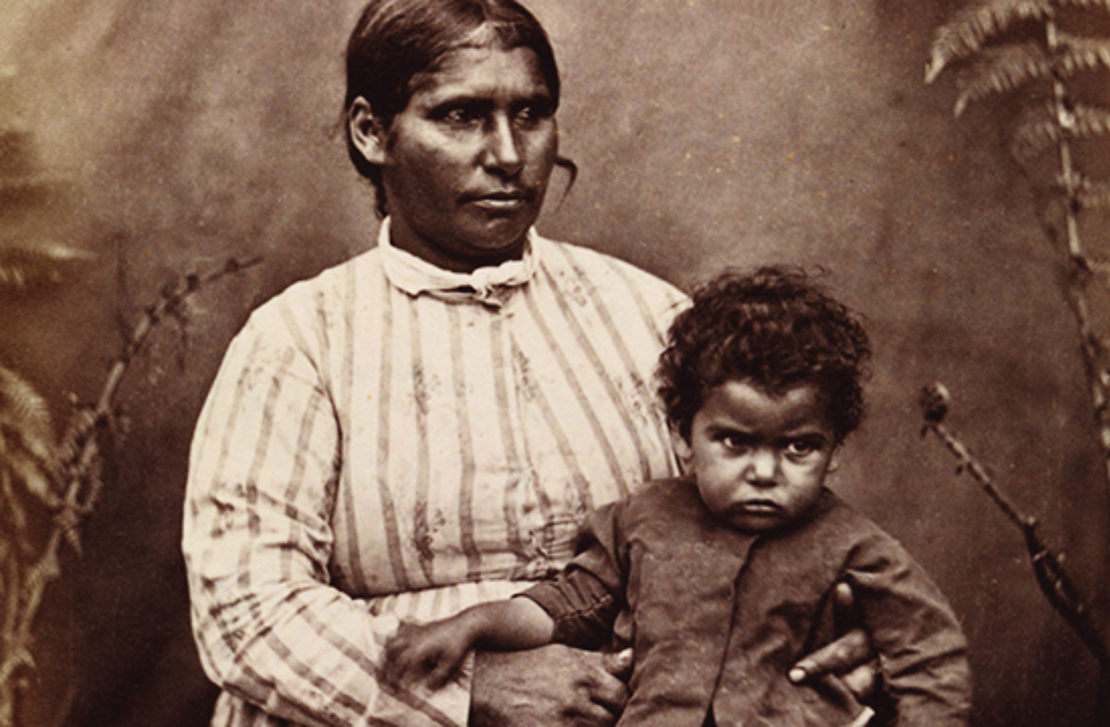Louisa Briggs Sculpture Commission

Source: Yalukit Willam, The River People of Port Phillip: Yalukit Willam, The River People of Port Phillip by The City of Port Phillip
Location
Cost
Milestones
- Commission EOI opens23 Apr 2025
- Artist team announced 30 Sept 2025This an approximate date and subject to change.
- Fabrication commences1 Dec 2025This an approximate date and subject to change.
- Fabrication completed28 Feb 2026This an approximate date and subject to change.
- Sculpture installed31 Mar 2026This an approximate date and subject to change.
Why are we doing this?
The Victorian Women's Public Art Program aims to address the underrepresentation of women and their achievements through enduring public artworks. Women are systematically underrepresented in public life, with their achievements and contributions historically overlooked. This is why ‘Our Equal State’, the Victorian Government’s gender equality strategy, prioritises elevating women’s achievements and supporting women artists through the Victorian Women’s Public Art Program.
A sculpture of Louisa Briggs was selected for funding through a public vote.
For more information, visit: Victorian Women's Public Art Program
The impact
Details of the project’s full impact will be provided once the construction schedule is finalised.
Objectives
The sculpture will stand as a prominent, iconic piece that invites visitors to explore the precinct and serves as a landmark.
In partnership with the Boonwurrung Land and Sea Council, led by N'arwee’t Carolyn Briggs, a direct descendant of Louisa Briggs, the sculpture will celebrate her significant contributions to the Indigenous community and their history. The sculpture will serve as a powerful symbol of resilience, cultural heritage, and the ongoing fight for social justice, promoting gender equality and raising the profile of women in public spaces.
The artwork intends to commemorate and celebrate Louisa Briggs, a prominent figure in Victorian Aboriginal history, known for her tireless advocacy for the rights of her people and her contributions to the social and cultural fabric of Victoria. Born in the early 19th century, Louisa Briggs was a matriarch, nurse, midwife, and activist, whose life was marked by resilience, leadership, and a profound commitment to the welfare of her community.
The sculpture will symbolise Louisa Briggs' enduring legacy as a protector of her people's rights and a guardian of cultural traditions. It will highlight her significant contributions to the fight against the injustices faced by Aboriginal communities, particularly women and children. The artwork will be designed to reflect the strength, compassion, and wisdom that defined Louisa Briggs' life, serving as both a memorial and a source of inspiration for future generations.
This commemorative sculpture will not only celebrate Louisa Briggs as an individual but also honour the broader contributions of Aboriginal women to Victoria's history. It will provide a permanent and visible acknowledgment of their role in shaping the state's social and cultural landscape, challenging the historical underrepresentation of women, especially Indigenous women, in public art. Through this project, the City of Port Phillip and the Boonwurrung Land and Sea Council will aim to foster greater recognition and appreciation of the diverse histories that constitute the heritage of Victoria.
About Louisa Briggs
Louisa Briggs was born in 1836, on the country of eh Yallukit Willam people of the Boowurrung. As a young girl she was abducted by sealers from Port Phillip Bay. Together with her female relatives, she was held captive on the remote islands to the north-east of Tasmania. After surviving years of forced labour as a seal hunter, she returned to her country with her husband, John Briggs. The couple with their ten children, worked on stations in Victoria’s central highland goldfields before settling at Coranderrk Aboriginal Station.
On Coranderrk Louisa reunited with other families from the Kulin Nation. She acted as nurse and midwife and in 1876 she was appointed matron, the first Aboriginal to replace a European on salaried staff. By ability, position and hereditary right she actively fought for the rights of her family and kin. Louisa’s spirit of independence gave her the strength to resist the inhumane treatment of the colonial authorities and was repeatedly punished for her activism.
In 1886 under ‘half caste’ Legislation Act, Louisa Briggs and her family were exiled from Coranderrk and sought refuge at Maloga & Cummeragunga Aboriginal Reserve on the NSW side of the Murray River.
Louisa died at Cummeragunga Aboriginal Reserve on September 6th, 1925.
Louisa’s spirit survives through the oral history and songs passed down through to her great grandchildren. Her strength of character, pride and the spirit of activism is still evident in the work of her many descendants.
N’arweet Professor Carolyn Briggs AM (Great Granddaughter)
Contact us
Our City Growth and Culture team is here to help. If you have any questions, please contact the Art Activation Officer.
Send us a message on My Port Phillip
Phone: 03 9209 6164
Email: publicart@portphillip.vic.gov.au